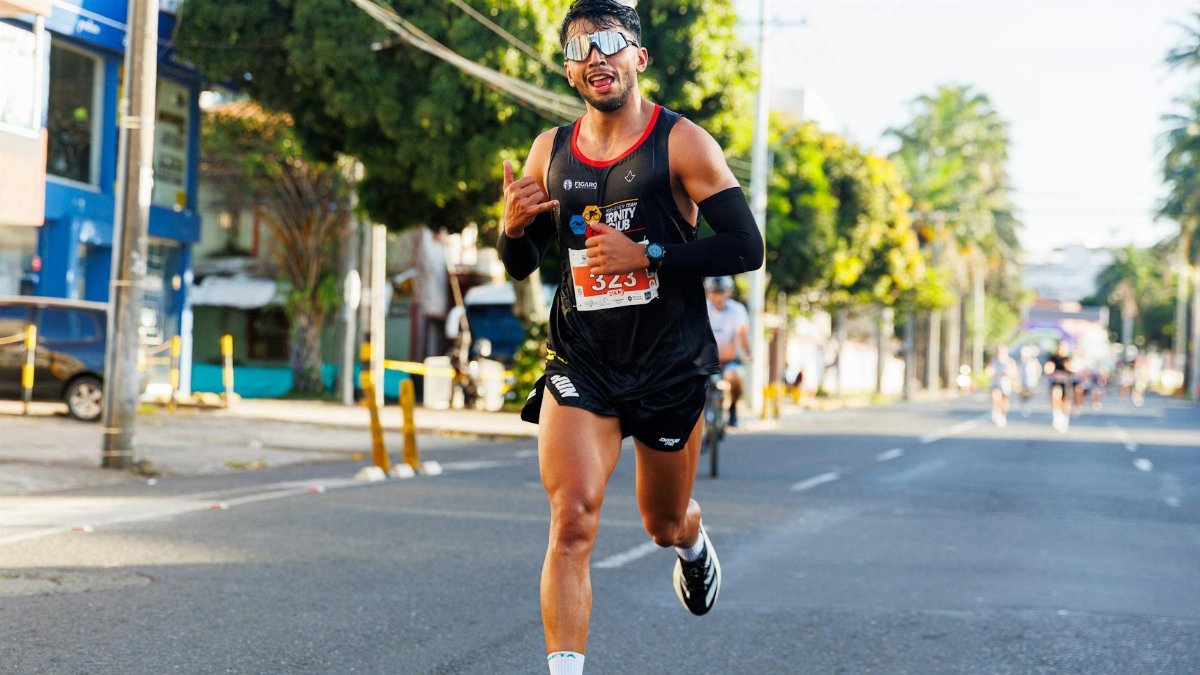Could the secret to thriving at high altitudes lie in something as simple as a water bottle? For athletes and adventurers pushing their limits in thin air, hydration isn’t just a health tip—it’s a performance cornerstone. High elevations, with their lower oxygen levels and drier conditions, sap moisture from the body at an alarming rate. Add intense physical exertion, and the challenge multiplies. Yet, many overlook tailored strategies to stay ahead of dehydration. Enter hydration hacks altitude—a collection of practical, often ingenious ways to keep the body fueled and functioning when the air gets thin. From weekend warriors scaling Rocky Mountain peaks to elite runners training in Colorado Springs, the need for smart hydration is universal. This article uncovers 12 actionable hacks to master hydration at altitude, blending science, real-world insights, and a touch of creativity to help anyone conquer the heights.
1. Start Hydrating Before You Ascend
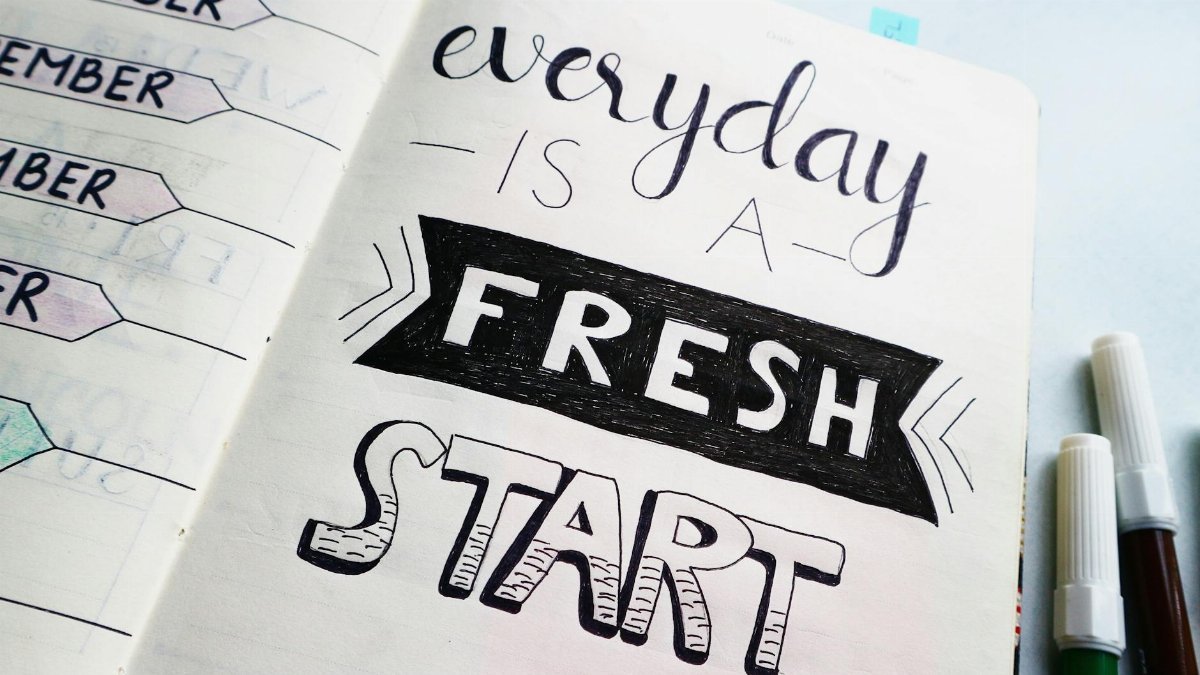
Preparation is everything when it comes to altitude training. Days before stepping foot on a mountain trail or arriving at a high-elevation camp, the body needs a hydration head start. At sea level, the average person might drink around two liters of water daily, but altitude demands more. Studies from the National Institutes of Health note that dehydration risks spike as elevation increases, due to faster fluid loss through respiration in drier air. Begin upping water intake at least 48 hours before ascent—aim for an extra liter daily. Carry a reusable bottle as a constant reminder. One hiker, preparing for a trek in Utah’s Wasatch Range, shared how sipping consistently days prior made the first grueling climb feel less draining. It’s not just about quantity; it’s about building a buffer before the environment starts working against you.
2. Monitor Your Urine Color
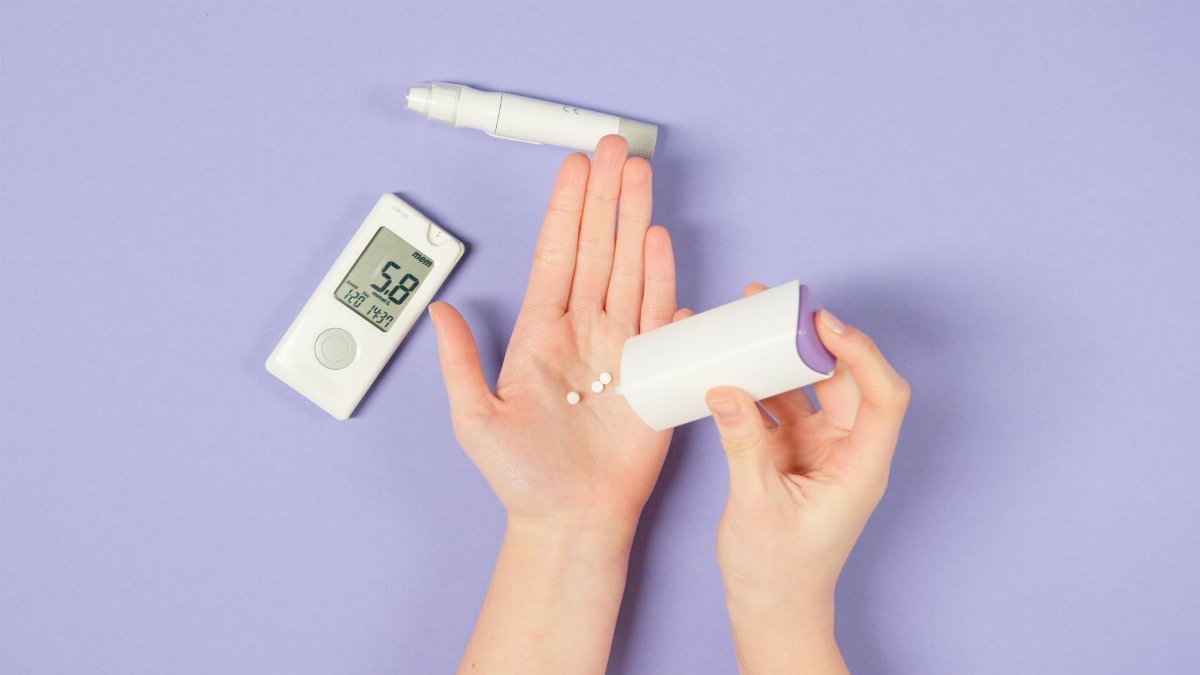
It sounds basic, even a bit awkward, but checking urine color is a quick, no-cost way to gauge hydration. Pale yellow—like light lemonade—signals you’re on track. Darker shades, especially amber, scream dehydration. At altitude, where the body loses fluid faster, this simple test becomes a critical feedback loop. A 2020 report from the Mayo Clinic underscores that urine color often reflects hydration status better than thirst alone, which can be a lagging indicator. Keep a mental note during bathroom breaks while training in places like Aspen or Flagstaff. If the shade darkens, it’s time to drink up—don’t wait for parched lips or fatigue to confirm the problem.
3. Add Electrolytes to Your Water
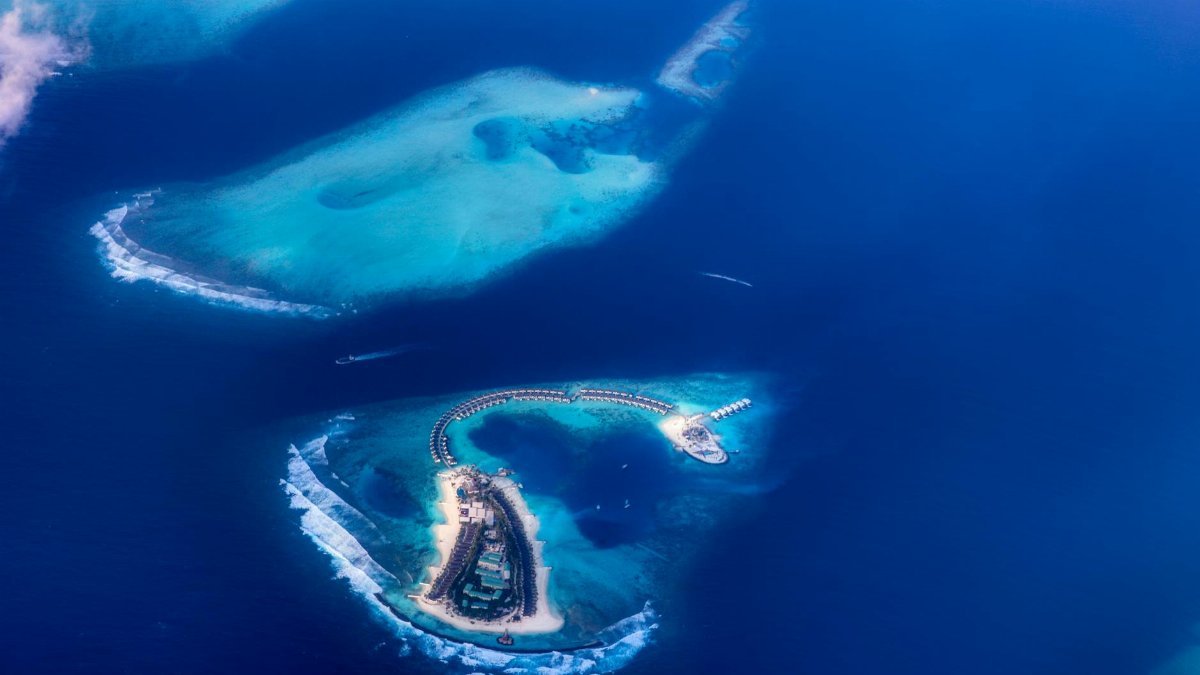
Water alone isn’t always enough when sweat and altitude team up to drain the body. Electrolytes—sodium, potassium, magnesium—replace what’s lost and help cells retain fluid. Powders or tablets, easily tossed into a backpack, can transform a plain bottle into a powerhouse. Research from the Centers for Disease Control and Prevention highlights how electrolyte balance is vital during physical stress, especially in extreme environments. For altitude training, mix a packet into your water during long runs or hikes. One trail runner in Boulder swore by a lemon-flavored mix, claiming it staved off cramps during a 10-mile ascent. Experiment with flavors to keep drinking enjoyable, not a chore.
4. Sip Small Amounts Frequently

Chugging a liter in one go might feel efficient, but it’s not ideal. The body absorbs water better in small, steady doses. At altitude, where every breath pulls moisture out, sipping every 15–20 minutes during activity maintains a consistent hydration level. A study summarized by the Harvard T.H. Chan School of Public Health suggests frequent small intakes prevent the overwhelm of large volumes that can lead to discomfort or loss through urine. Set a timer on a smartwatch or keep a small bottle handy for quick swigs. This rhythm becomes second nature, whether you’re scaling peaks or doing interval sprints at 8,000 feet.
5. Pack Hydrating Snacks

Food can be a hydration ally. Fruits like watermelon, oranges, and grapes are over 80% water, delivering fluids alongside natural sugars for energy. Cucumbers and celery work too, with a satisfying crunch. When training at altitude, pack these in a lightweight container for mid-session bites. They’re not just refreshing—they reduce reliance on carrying extra water weight. A group of climbers near Lake Tahoe once split a bag of sliced apples during a break, marveling at how it revived their energy without the heaviness of processed bars. Pair these with a handful of nuts for balance, and you’ve got a portable hydration hack that doubles as fuel.
6. Use a Hydration Bladder for Accessibility
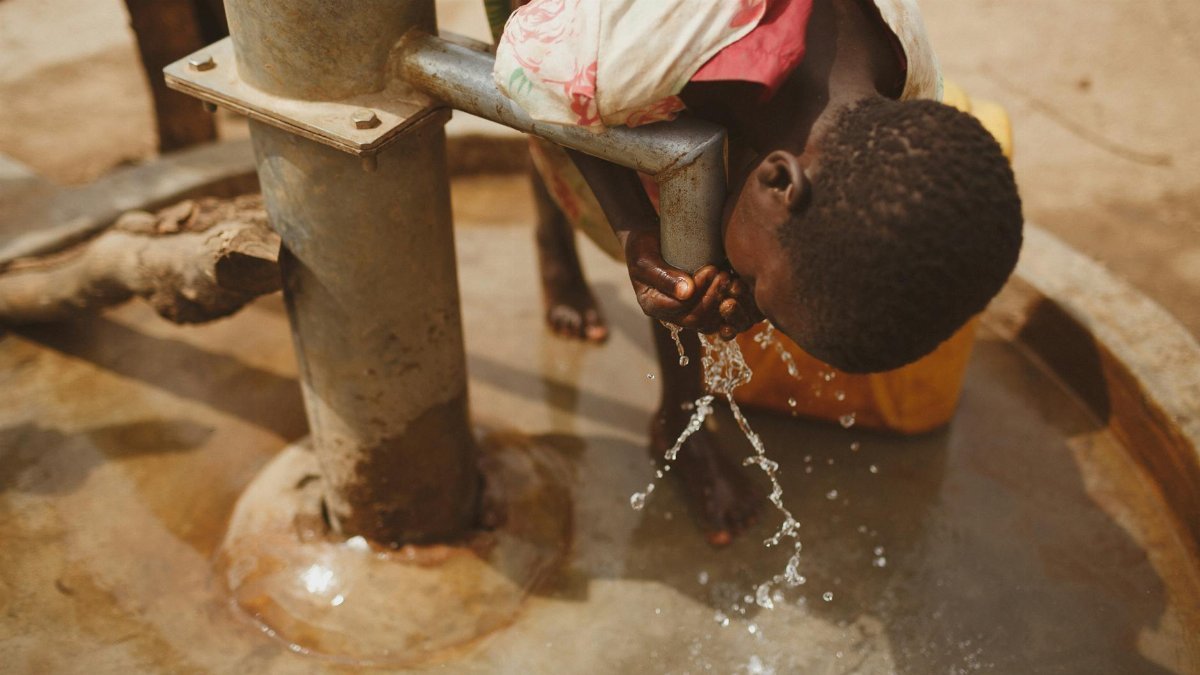
Convenience matters when you’re gasping for air on a steep incline. A hydration bladder, tucked into a backpack with a tube for easy sipping, eliminates the hassle of stopping to unscrew a bottle. Models with 2–3 liter capacities ensure a steady supply during long sessions in high country. Users report feeling less interrupted, maintaining focus on the trail or workout. One anonymous online account described switching to a bladder during altitude runs in New Mexico, noting how it turned hydration from a burden into a seamless habit. Just remember to clean it regularly—mold is no one’s friend at 10,000 feet.
7. Adjust for Dry Air with Nasal Hydration

Altitude often means bone-dry air, which dehydrates from the inside out. Breathing through the nose becomes a battle as mucous membranes dry up. A saline nasal spray, small enough to fit in a pocket, can moisten nasal passages, easing respiration and reducing fluid loss. It’s a lesser-known trick among hydration hacks altitude, but it’s grounded in practical physiology. Spray before and during exposure to thin, arid conditions—think of it as internal hydration support. Runners training in arid regions like Arizona’s high desert have found this a quiet game-changer for endurance.
8. Limit Caffeine at First

That morning coffee might be non-negotiable, but at altitude, it’s a dehydration risk. Caffeine acts as a diuretic, pushing fluids out when you’re already battling drier conditions. For the first few days at elevation, cut back or switch to herbal tea. Once acclimated, reintroduce it sparingly, balancing with extra water. The science backs this caution—caffeine’s impact on fluid loss is well-documented in environmental stress studies. A cyclist in Denver learned this the hard way, feeling sluggish after a double espresso pre-ride, only to recover by swapping it for water the next day.
9. Track Your Sweat Loss
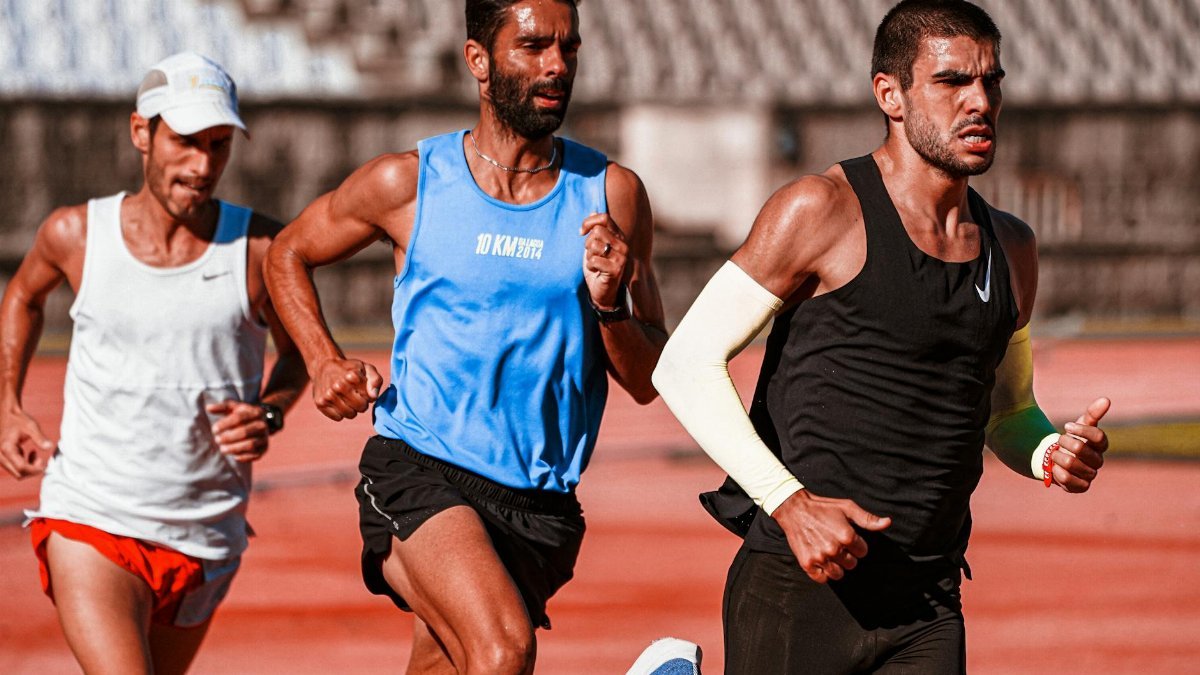
Altitude training often means heavy sweating, even in cooler temps, due to exertion and low humidity. Weigh yourself before and after sessions to estimate fluid loss—one pound equals roughly 16 ounces of water. Replace it within two hours post-workout. This isn’t guesswork; it’s a tailored approach to hydration hacks altitude. Athletes at high-altitude camps, like those in Colorado Springs, often use this method to fine-tune intake. It’s not glamorous, stepping on a scale mid-training day, but it’s a clear window into what your body needs.
10. Acclimate with Extra Fluids

Arriving at altitude shocks the system. The body needs time—and extra hydration—to adjust to lower oxygen and humidity. For the first 3–5 days, drink beyond thirst, targeting 3–4 liters daily, depending on activity. This buffers the initial acclimation phase, reducing headaches and fatigue linked to dehydration. Coaches in high-altitude hubs often drill this into athletes, knowing performance hinges on those early days. Sip throughout, not just during workouts, to ease the transition as your body recalibrates.
11. Avoid Alcohol During Training Blocks
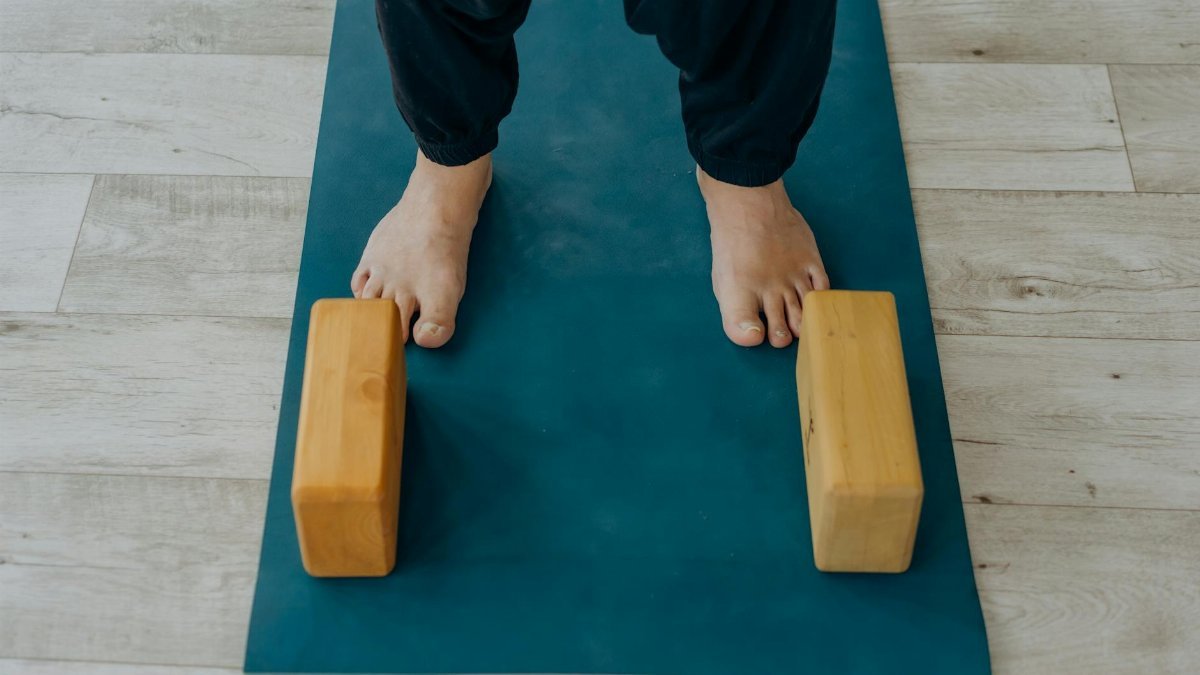
Alcohol and altitude are a brutal combo. Even a single beer dehydrates, compounding the already harsh effects of elevation. During intense training periods, skip it entirely. The body’s struggling enough to retain fluids without adding another diuretic. Post-training socials in ski towns like Park City often tempt with craft brews, but seasoned athletes know to wait until recovery days. Hydration takes priority when every edge counts. Save the celebration for after the goal is crushed.
12. Listen to Your Body’s Signals
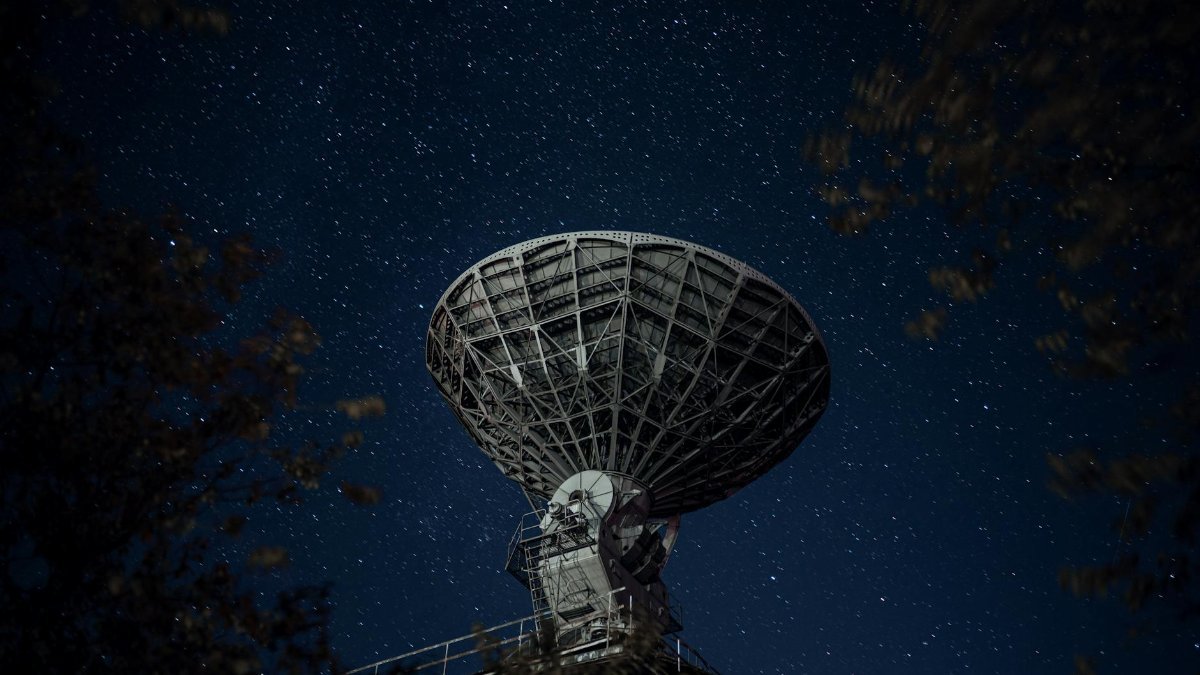
Finally, trust what your body tells you. Headaches, dizziness, or a sticky mouth aren’t just annoyances—they’re dehydration red flags at altitude. Slow down, sip water, and reassess. No hack replaces self-awareness. A runner training near Mount Rainier recalled ignoring early fatigue, only to stumble through the last mile, lesson learned. In 2025, with more Americans tackling high-altitude challenges, tuning into these cues remains the ultimate safeguard. Technology and gear help, but the body’s whispers often speak loudest.
Mastering hydration at altitude isn’t about overcomplicating life with gadgets or rules. It’s about blending smart strategies—some as simple as a fruit snack, others as precise as electrolyte dosing—into the grind of training. These 12 hydration hacks altitude offer a roadmap for anyone chasing peaks or personal bests in thin air. From the trails of the Sierras to the tracks of the Rockies, staying fueled means staying in the game. So, grab that water bottle, tweak your approach, and let the elevation become your ally, not your obstacle.

As an education professional with a background in Biology and Physics, Dr. Christoph Weber is the analytical heart of Fulfilled Humans. He ensures every piece of content is insightful and grounded in credible knowledge.
Disclaimer
The content on this post is for informational purposes only. It is not intended as a substitute for professional health or financial advice. Always seek the guidance of a qualified professional with any questions you may have regarding your health or finances. All information is provided by FulfilledHumans.com (a brand of EgoEase LLC) and is not guaranteed to be complete, accurate, or reliable.
